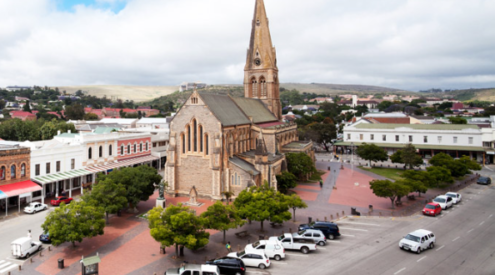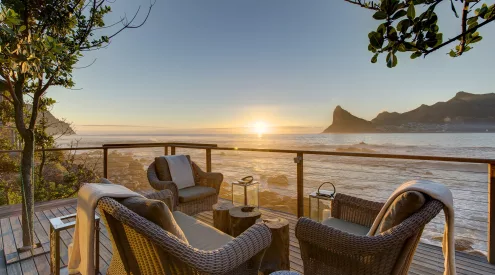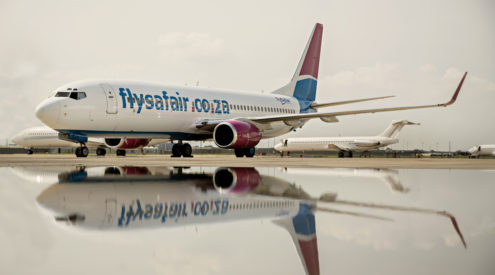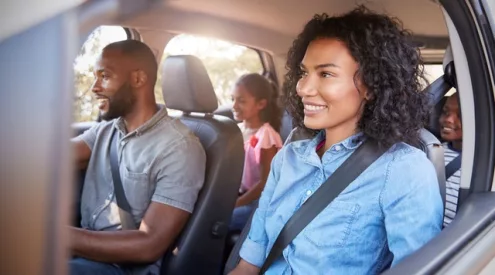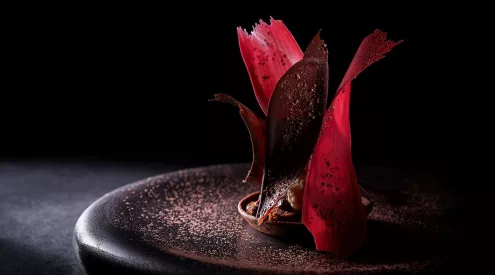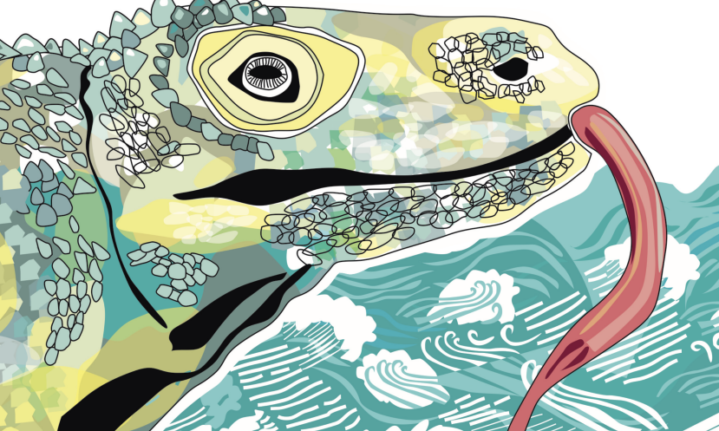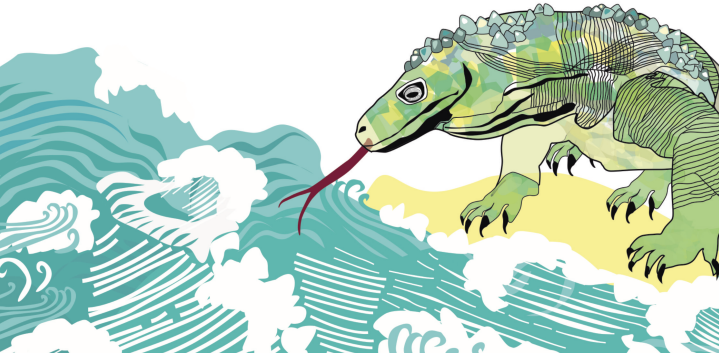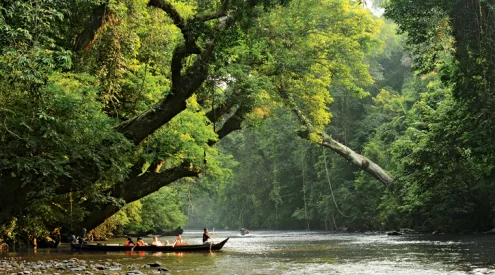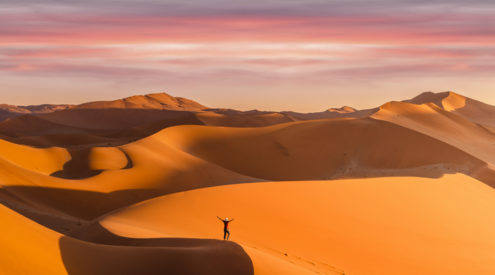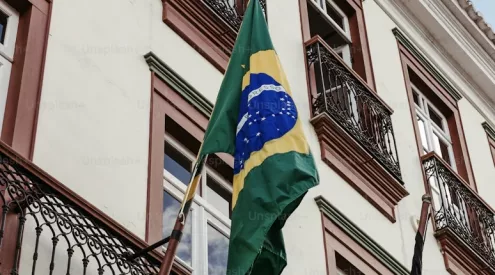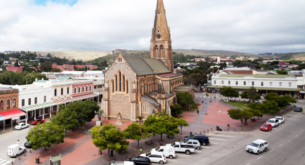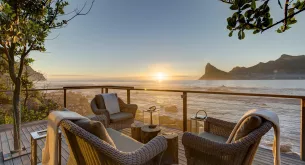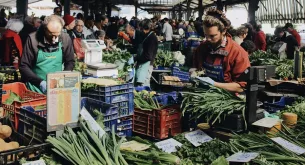With their bloodlust, Sumo-style wrestling techniques, capacity for virgin birth and reputation for grave-robbing they might seem like creatures straight out of the Jurassic, but the island homes of these mighty lizards are no theme park.
Bali is the last place on Earth I expected to find myself. It was – to my mind – too commercial, too overhyped and it had starred in that Julia Roberts tearjerker, Eat Pray Love.
But I was stirred by an atavistic boyhood dream: a desire to see Komodo dragons on their home turf.
Part of their allure is that they’re so seemingly far away, and getting to Indonesia’s Lesser Sunda islands is neither easy nor cheap. Bali was a seductive base while I investigated inexpensive dragon-chasing adventures – eventually, I booked a five-day seafaring adventure between Lombok and the easterly islands of Komodo, Flores and Rinca.
It was not, by any stretch, a luxury liner, but rather a barefoot boat trip with all the clichés of rough life at sea, plus a self-styled Indonesian “cruise director” who briefly pointed out the lifejackets and ran through an itinerary that sounded like a full season of The Amazing Race crammed into a few days.
A salt-licked breeze skipped through the bobbing vessel and at times when we hit wild waters, we bounced and careened. But we landlubbers quickly found our sea legs. While privileged, high-price-tag passengers slept in dank cabins below deck, the bulk of us, with our backpacks, slept up top on thin mats that were rolled out after dinner.
Aside from meals that appeared three times a day from the minuscule galley, there were no games or diversions, no bingo nights or cabarets on board, and no distractions whatsoever, in fact, from the turquoise waters lapping at the shores of immaculate little island coves where we stopped to swim, snorkel and sunbathe. On pretty Satonda, we splashed about in a thermally heated lake in an extinct volcanic caldera, and at Sumbawa’s deserted Donggo Beach, we lazed until the arrival of a killer sunset.
Our boat looked like a toy compared to the large cruise ships that drifted into the waters around Komodo Island. These enormous vessels spewed out hundreds of tourists who were ferried in speedboats to meet the island’s rangers.
Soon enough, we too made land and were being led across the scraggly, sun-scorched landscape, up steep hillsides, and through a ragged forest where we finally made eye contact with the fearsome beasts we’d come to see.
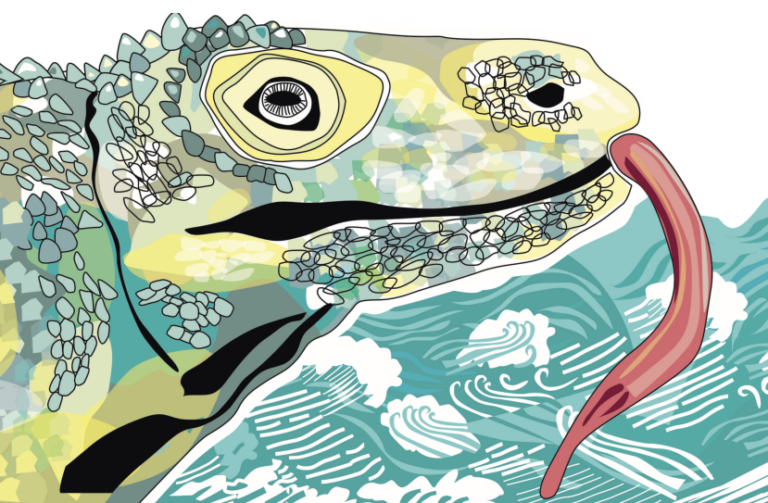
Illustration by Jess Nicholson
At three metres long, Varanus komodoensis is no ordinary lizard. With its long slithering tongue and beady eyes, when it looks at you, you know its 100-million-year-old reptilian brain is calculating how to have you for dinner. Our rangers, who carried nothing but large sticks to fend them off, explained how they take out deer, gang up to kill water buffalo and eagerly eat their own kind. Younger dragons will roll around in faeces to make themselves less appetising.
Pity the witless tourist who gets left behind or pauses in the wrong spot for a selfie. Although bulky, they’re sneaky, stealthy hunters, their modus operandi is to ambush and then sink their claws and razor-sharp shark-like teeth into their prey, releasing a toxin that lowers blood pressure, causes profuse bleeding, prevents clotting and ultimately sends their victim into shock.
Even if you manage to wrench free and get away, they’ll catch up eventually and gorge on you even if you’re already dead from the toxins. They’re such unfussy carnivores, in fact, that islanders have to pack fresh graves with rocks to prevent dragons from digging up the dead.
While the tourists seemed like easy targets, official figures suggest that relatively few humans have been killed by dragons – or ora, “land crocodiles”, as they’re known locally – since Western science became aware of them in 1912.
By contrast, despite their protected status, because their habitat has been destroyed for agriculture, Komodo dragons are severely threatened, and the number of mature lizards in the wild is probably under 1 400.
The plight of disappearing dragons is what decades ago prompted the establishment of Komodo National Park, encompassing 29 volcanic islands and one of the richest marine environments left on Earth, part of an underwater wilderness known as the Coral Triangle that teems with fish and populations of dugongs, sharks, manta rays, whales, dolphins and turtles.
Once our allotted time tracking lizards was up, we sailed to one of Komodo Island’s presumably dragon-free coves where we snorkelled with prettily patterned creatures – pygmy seahorses, frogfish, ornate ghost pipefish, nudibranchs, and blue-ringed octopuses. After floating about for hours, we climbed to a high bluff and gazed out at a network of rugged islands, fringed by cobalt blue, scattered across the sea.
We spent the night in its harbour of Labuan Bajo, a steamy, dusty town on the island of Flores and set off before daybreak in time to catch the sunrise over Rinca island, where we went ashore to see more dragons and watched a pair of feisty males engaged in a bloody scrap over a piece of meat.
It was a compelling scene, but later – as we sailed from Rinca back towards Lombok – the mood aboard our boat was solemn.
Each of us had chased around the world to witness these primordial creatures romping around their natural habitat, but seeing them submit to the will of stick-wielding rangers, guarded and monitored as much for their own protection as for the safety of dim-witted humans, seemed to somehow render them broken-spirited, reduced to freakish sideshow circus exhibits. Not quite a tearjerker, perhaps, but tragic nonetheless.
If Komodos do become yet another ghost species, it wouldn’t be the first time. Experts reckon the dragons first settled in Indonesia about 900 000 years ago, presumably swimming from their native land. Until 50 000 years ago, they occupied Australia. Then humans arrived, and they disappeared.
This article originally appeared in the August 2022 print issue of Getaway
By Keith Bain
Illustration by Jess Nicholson
Follow us on social media for more travel news, inspiration, and guides. You can also tag us to be featured.
TikTok | Instagram | Facebook | Twitter
ALSO READ: Drinking maté in Montevideo


